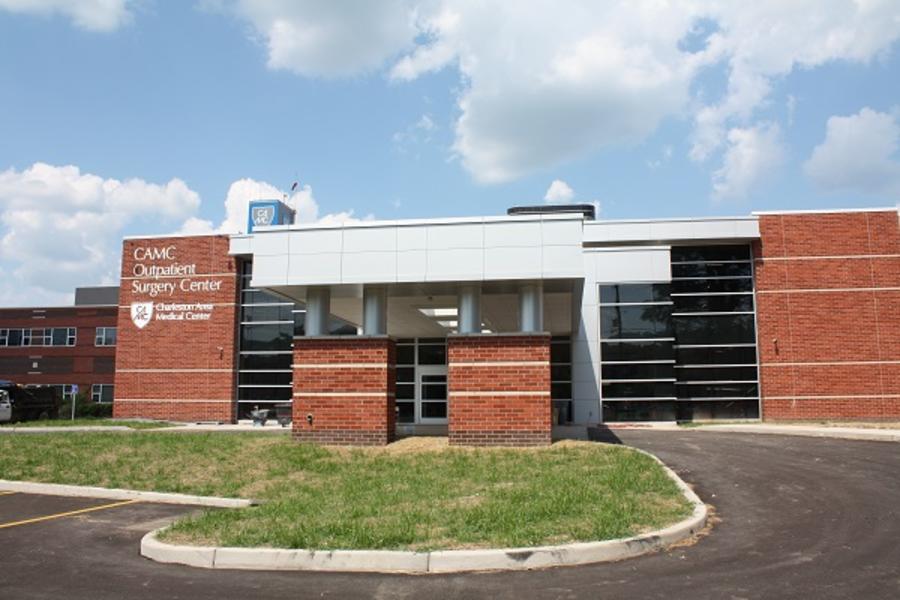What to Expect when you have a Cystocele and Rectocele Repair
When is it used?
Surgery is done to relieve bulging into the vagina that may be caused by a cystocele and rectocele. Surgery is usually used only after you have tried other treatments such as:
- Doing muscle-strengthening exercises, called Kegel exercises.
- Placing a pessary in the vagina (a device that supports the vaginal walls). A pessary does not help a rectocele problem, but it can help with a cystocele.
Ask your doctor about these and other treatment choices.
Information about the Procedure
Plan for your care and recovery after the operation. Allow for time to rest and try to find people to help you with your day-to-day duties.
Follow instructions provided by your doctor. You may be asked to take an enema or medicine to clean out your bowel the day before surgery. Eat a light meal, such as soup or salad, the night before the procedure. Do not eat or drink anything after midnight or the morning before the procedure. Do not even drink coffee, tea or water.
You are given a regional or general anesthetic. A regional anesthetic numbs part of your body while you remain awake. A general anesthetic relaxes your muscles, makes you feel as if you are in a deep sleep, and prevents you from feeling pain.
The doctor will make two cuts in the wall of the vagina, exposing the tissue between the vagina and the bladder and the tissue between the vagina and the rectum. The doctor will try to support these organs by bringing tissue around them. He or she will remove any tissue from the vaginal wall that has stretched from aging or pregnancy. If incontinence is a significant symptom, the doctor may also perform an elevation or suspension procedure on the bladder. Cuts in the vagina will be sewn closed.
The doctor may place a catheter (a tube for urine passage) in your bladder and lead it out through a cut made in your lower abdominal wall. This makes urinating easier during recovery and decreases the pressure inside the bladder.
You may stay in the hospital anywhere from 2 to 6 days. The catheter may remain in your bladder 2 to 6 days or until your bladder starts working normally again. You may be constipated during this time.
During the first 4 weeks after the operation, there may be some smelly, sometimes bloody drainage from your vagina.
After you leave the hospital, avoid all heavy activity such as lifting for the first 6 to 8 weeks. Then gradually increase your activity during the next 4 weeks.
Ask what other steps you should take and schedule checkups with the doctor 2 and 4 weeks after the operation.
This procedure should allow easy, effective and complete urination and better bowel control. It should help you to be more active. You might be able to resume your normal level of activity without leaking urine. Bulging and pressure sensations in the vagina also will be relieved.
- There are some risks when you have general anesthesia. Discuss these risks with your doctor.
- The regional anesthetic may not numb the area quite enough and you may feel some minor discomfort.
- There may be damage to the bladder and rectum. If damage occurs and the doctor is aware of it, he or she will try to correct it during the operation.
- There may be infection or bleeding.
You should ask your doctor how these risks apply to you.
Surgery is usually used only after you have tried other treatments such as:
- Doing muscle-strengthening exercises, called Kegel exercises.
- Placing a pessary in the vagina (a device that supports the vaginal walls). A pessary does not help a rectocele problem, but it can help with a cystocele.
Call the doctor immediately if:
- The catheter becomes plugged and makes it hard to urinate.
- You develop a fever.
- You have heavy bleeding from your vagina.
Call the doctor during office hours if:
- You have questions about the procedure or its result.
- You want to make another appointment.



